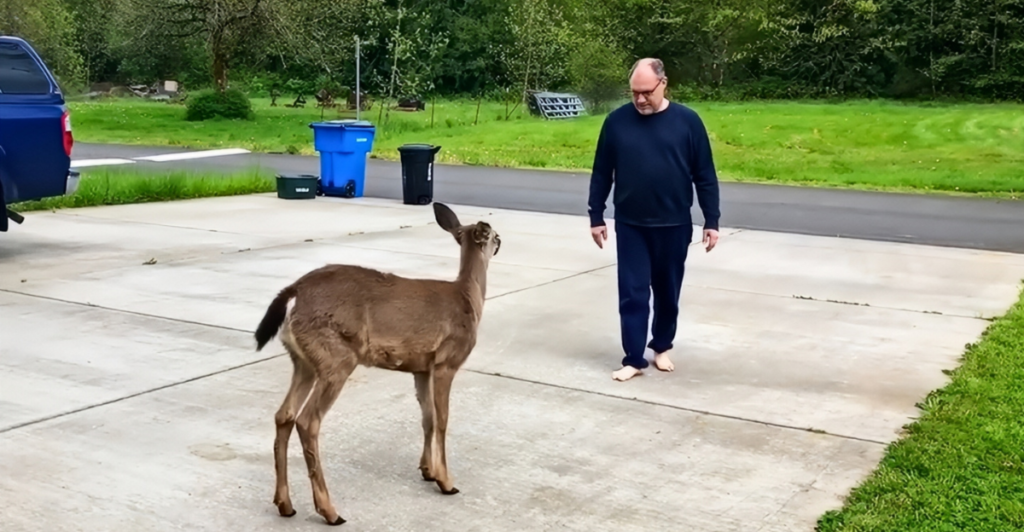
Imagine waking up to the sight of beautiful deer grazing peacefully in your own backyard. Their quiet movements and peaceful presence bring your yard the soothing atmosphere of a nature reserve. Having deer come into your yard might seem startling at first, but if it’s something you’d like to experience, it’s more a matter of understanding their needs and routine than sheer luck.
From providing the appropriate plants to building safe places and offering natural resources, there are easy means of making your yard irresistible to these royal beasts. You can use them even if you live in the suburb or countryside.
But watch out: some of your usual practices could turn sour and keep them away instead of inviting them in! Interested in knowing these tricks? Get ready to learn these guaranteed and simple 10 ways of bringing deer into your yard.
Offer Up a Variety of Plants
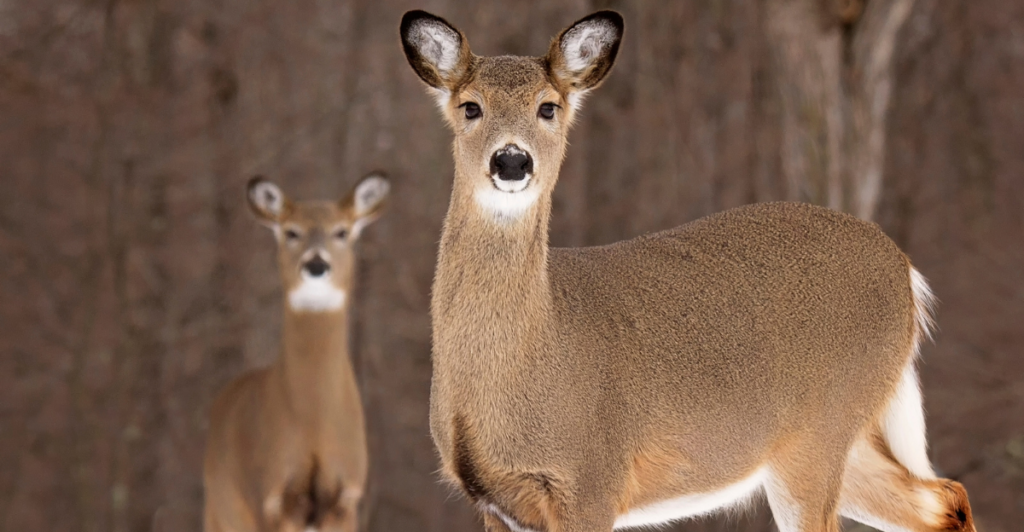
White-tailed deer are natural foragers and react positively to backyards that offer a variety of plants to graze on. Make your yard more appealing by planting native plants that provide food year-round. Favorite plants to graze on are typically clover, chicory, and alfalfa, and fruit such as apples and persimmons.
Also keep shrubs that provide cover and food such as sumac and dogwood. Avoid planting things that repel deer like daffodils and marigolds. Also, planting in layers; tall trees, mid-way shrubs, and then ground foliage, mimics their natural territories, making them feel less vulnerable and dissuading them from bolting. Developing well-rounded buffets promotes return visits and supports local deer herd management.
Develop Safe and Comfortable Hideaways
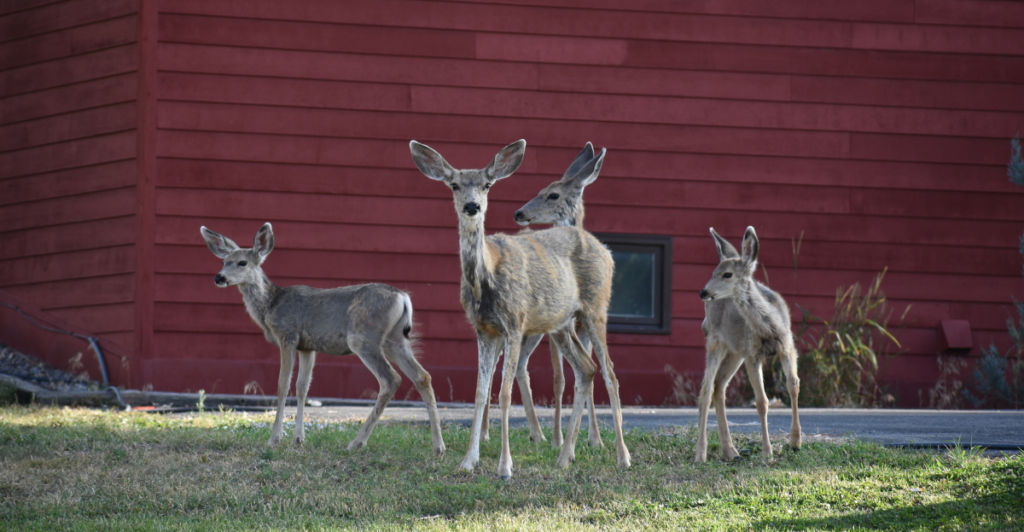
Deer are inherently wary and like to have places where they can spin on a dime to hide. To make your yard more attractive, add thick, dense cover, shrubs, and tall grasses as natural hideaways. Evergreen trees are incredibly convenient since they offer year-round coverage.
If your yard happens to be beside a wooded lot, leave clumps of untamed space unraked to create that sense of security. Place food sources adjacent to areas with cover so that deer won’t hesitate to approach the feed.
This will allow them to make a rapid escape to cover should they have to. A bare, exposed yard is much less appealing to deer than a yard with comfortable places to hide and covered walks.
Have Water Readily Available
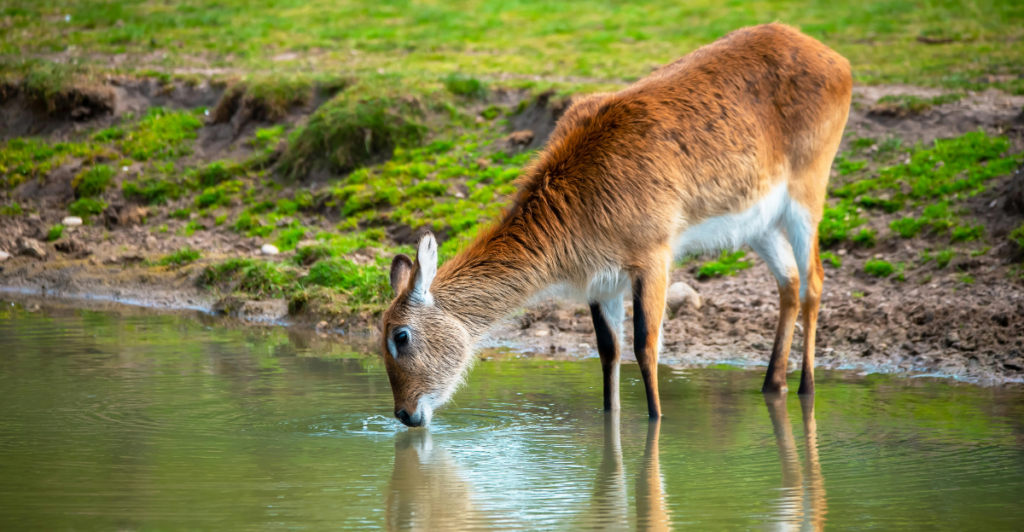
Deer rely on water, particularly in humid hot weather. Integrate a small pond or a readily accessible birdbath to create an assured water supply. Ensure the water is pure and fresh and place it under cover to allow the deer to let their guard down while drinking water.
If there’s space, include water plants to ensure a natural appearance and to help maintain the water’s cleanliness. Don’t use additives or chemicals as they will drive wildlife away. In winter, use a warm water source so it won’t freeze.
A constant, safe source of water will not only attract deer but other wildlife as well, and this will create an active, healthy landscape.
Reduce Human and Pet Disturbances
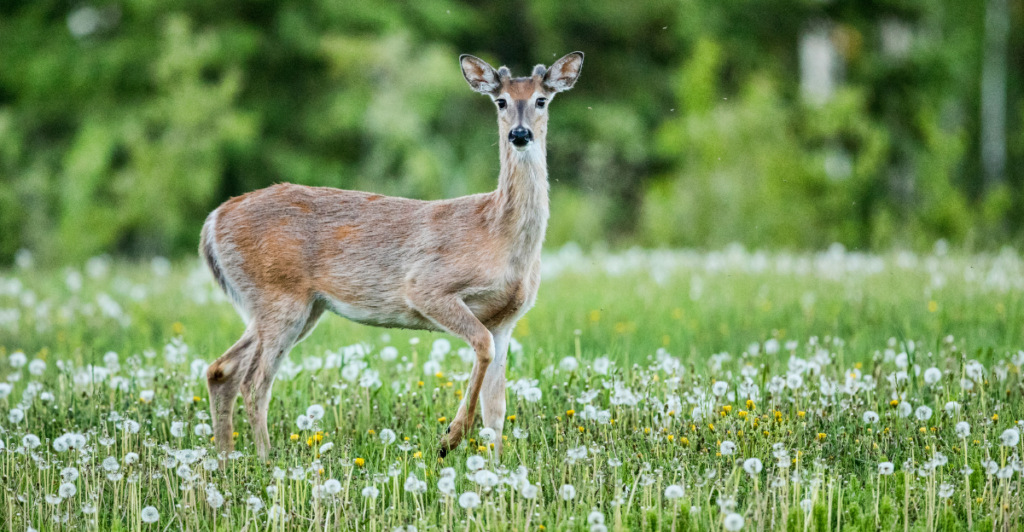
White-tailed deer are naturally shy and will shy away from busy areas and pets. To deer-proof your yard, limit noisy activities in the early morning and evenings when deer are most active.
Train pets to stay in contained areas and stay indoors initially. If your yard is fenced in, leave some areas open or use fencing that could enclose deer safely. Reducing disturbance allows trust to build over time and invites deer to make your yard a sanctuary instead of a place of fear.
Use Natural Deer Attractants Judiciously
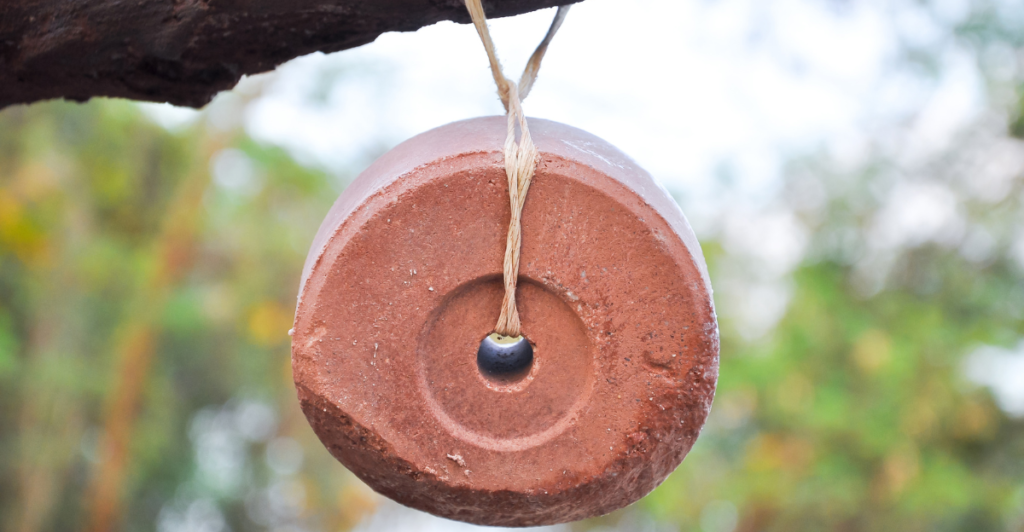
Salt licks and mineral blocks are effective at drawing in deer, but excessive use can make deer too dependent or even drive them away if not properly maintained. Adding salt licks to covered zones as opposed to presenting them in open spaces makes feeding more convenient for deer.
Home-made deer feeders constructed out of grains or corn can be used as well, but handle with caution as improper use might lead to health complications or attract other unwanted wildlife. Ensure local regulations are verified before installing attractants as they might be forbidden in some areas.
Plant Seasonal Food Sources
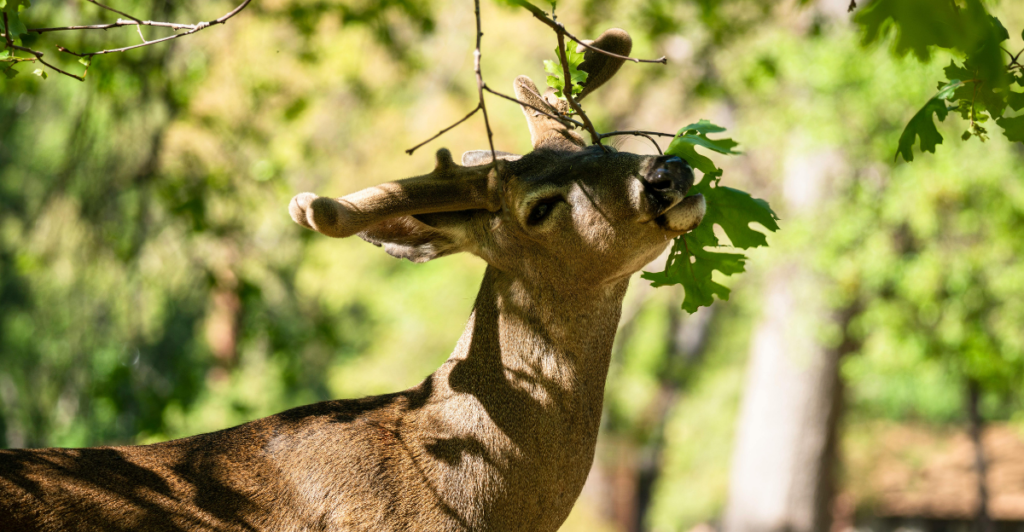
To get deer on your land during the winter season as well, plant a mixture of flowers that bloom year-round. Tulips and summer fruit trees offer food in warm temperatures, while oaks that produce acorns and bushy bushes offer food in winter and fall.
Wild legumes and grasses can tolerate cold temperatures as well, providing deer with a constant food supply during the winter. By strategically planning your planting schedule, you’ll maintain a consistent food supply that encourages deer to make your yard part of their routine.
Keep Your Yard Chemical-Free
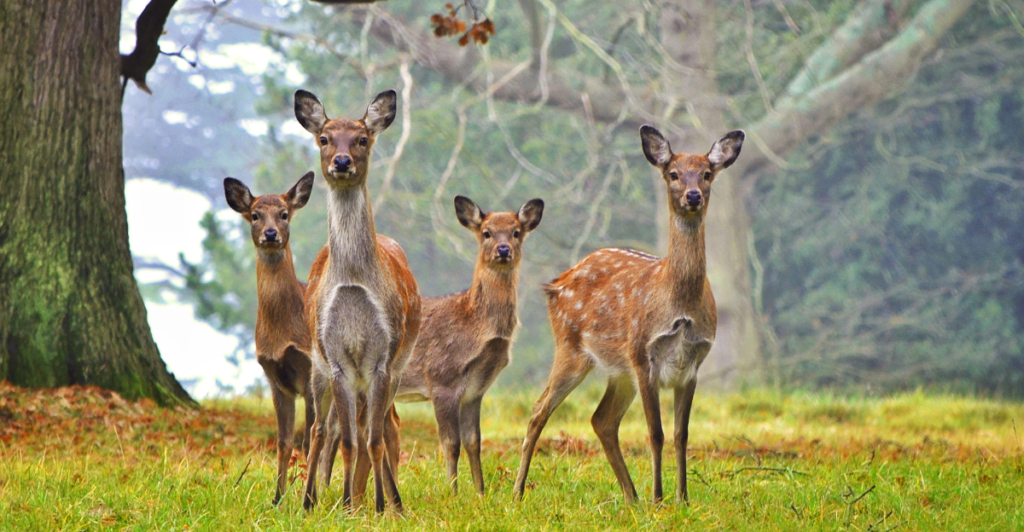
Deer possess a sensitive sense of smell and will stay away from spaces where there are chemical odors. Fertilizers, pesticides, and herbicides not only repel deer but are toxic to their health if ingested.
Engage in organic gardening practices to make sure your lawn welcomes other wildlife. Composting and natural soil amendments can nourish healthy, green plant life without diminishing the initial aesthetic appeal of your garden.
Offer Natural Mineral Sources
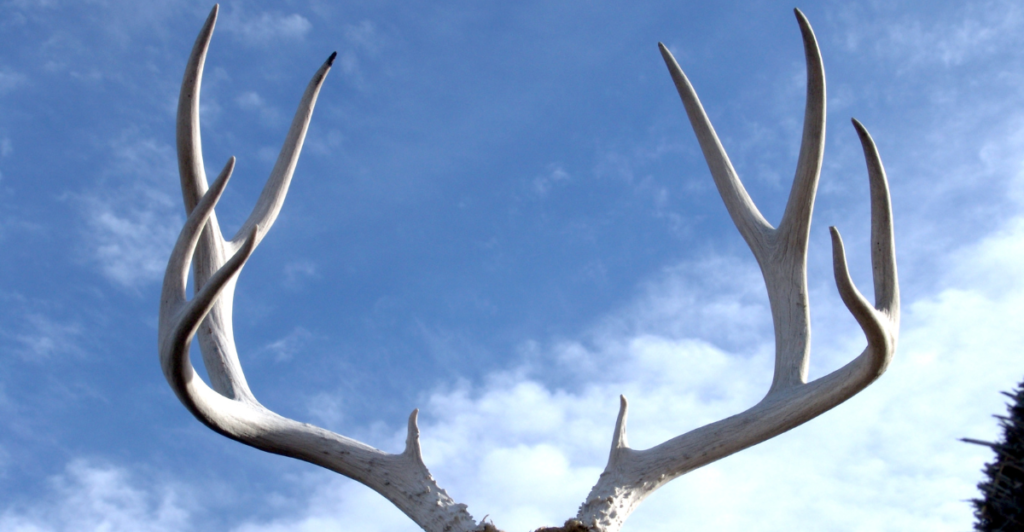
Antlers rely on minerals such as phosphorus and calcium for their development and health. Rather than putting artificial mineral licks in place, go the natural way with mineral-infused plants.
Salt-resistant wild plants like chicory can also be a mineral source and attract the animals without saturating your garden with too many artificial supplies.
Practice Patience and Observation
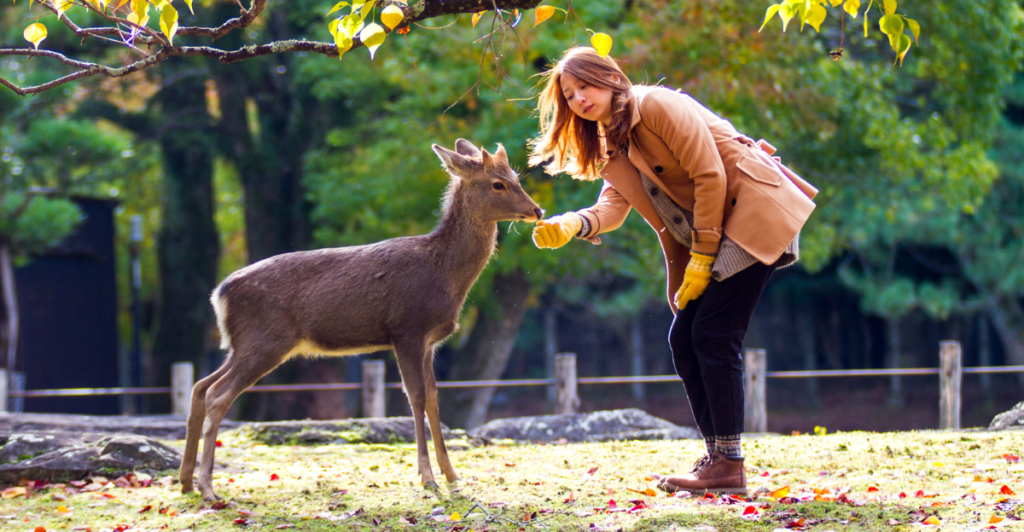
Deer are wary animals, and winning their trust requires patience. Take time to observe their habits without scaring them off. Determine what they find most appealing and where they feel most secure.
Modify your landscaping and feeding plan accordingly. By slowly converting your yard into a deer paradise, you’ll not only be able to enjour their peaceful presence, but you’ll become one with nature.
The secret is balance: having a warm, friendly outdoor space while honoring the natural instincts and needs of these graceful animals.
Explore more of our trending stories and hit Follow to keep them coming to your feed!

Don’t miss out on more stories like this! Hit the Follow button at the top of this article to stay updated with the latest news. Share your thoughts in the comments—we’d love to hear from you!







